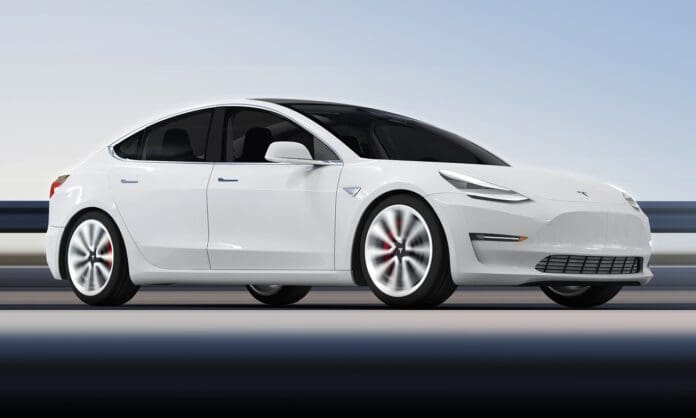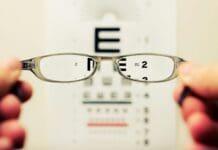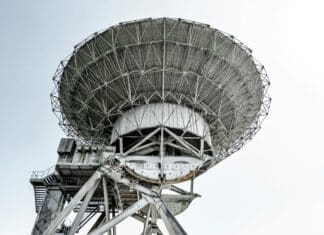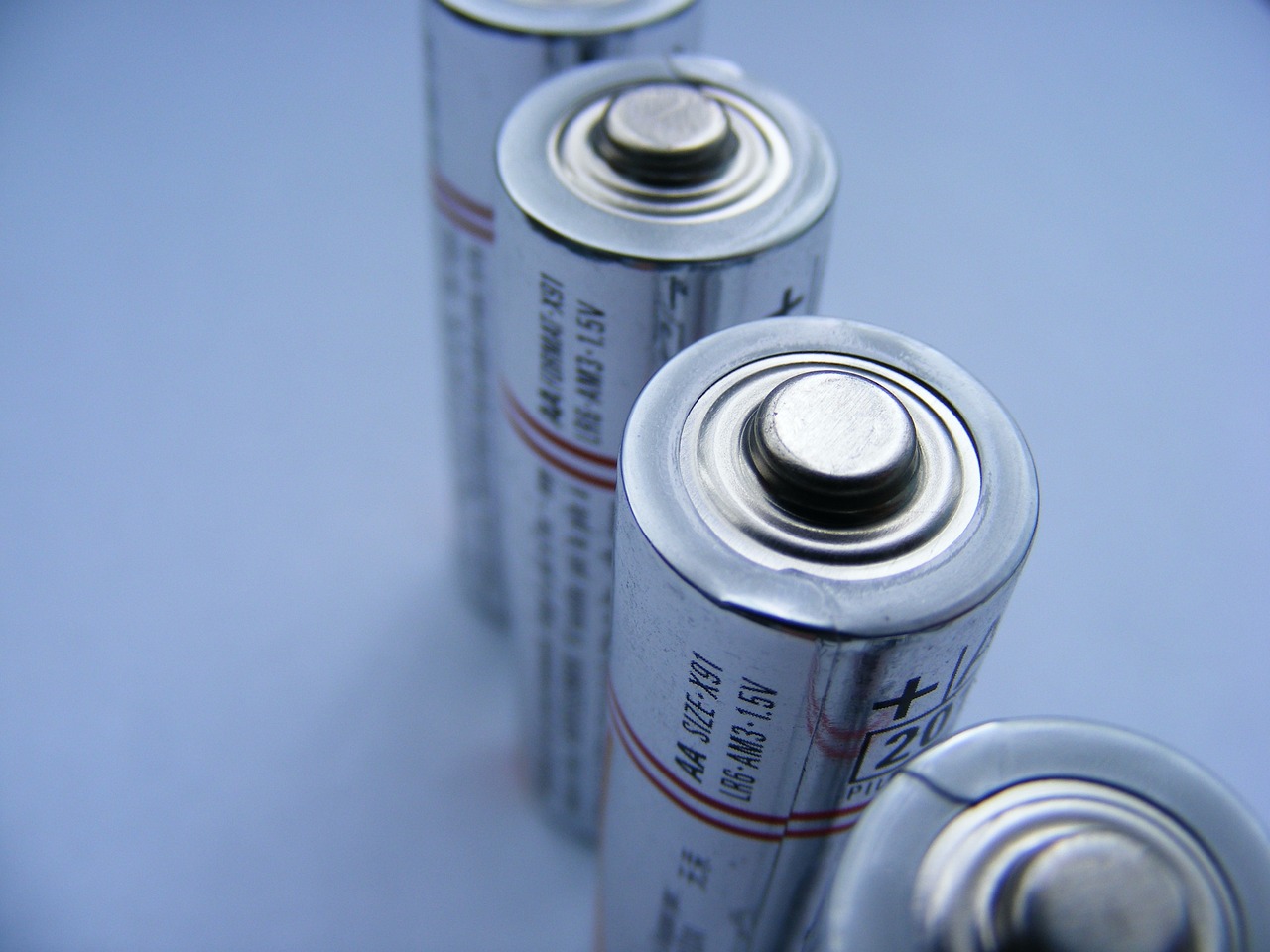This post is also available in:
 עברית (Hebrew)
עברית (Hebrew)
Tesla’s Full Self-Driving (FSD) technology is once again in the spotlight as the National Highway Traffic Safety Administration (NHTSA) has initiated a new investigation into the system. This scrutiny comes shortly after CEO Elon Musk announced plans for an unsupervised version of the FSD to be implemented by 2025. The investigation focuses on the supervised FSD system, particularly after four reported collisions in low-visibility conditions, one of which tragically resulted in a pedestrian’s death.
On October 18, the Office of Defects Investigation at the NHTSA disclosed that it is evaluating whether Tesla’s FSD can effectively identify and respond to reduced visibility conditions, such as sun glare, fog, or airborne dust. The investigation will encompass approximately 2.4 million Tesla vehicles produced between the 2016 and 2024 model years.
Key to this inquiry is an analysis of the system’s performance in poor visibility and whether it can react appropriately to such scenarios. Investigators will also look into any additional crashes that may have occurred under similar conditions and request information from Tesla regarding updates that could impact the FSD’s capabilities. This includes an assessment of the timing, purpose, and safety implications of any modifications made to the system.
One notable incident occurred in Rimrock, Arizona, in November 2023, when a 2021 Tesla Model Y struck a pedestrian. The accident took place after a two-car crash obstructed traffic. As individuals attempted to direct traffic, the Tesla collided with a vehicle and struck one of the bystanders, a 71-year-old woman, who was declared dead at the scene.
The NHTSA investigation comes on the heels of Musk’s announcement of a prototype “Cybercab,” aimed at serving as an autonomous taxi. While Musk stated that Tesla vehicles would operate without supervision in select states by 2025, he provided few details on how this transition would occur.
Tesla’s FSD and Autopilot systems are designed to enhance driving safety, providing features that require an attentive driver ready to take control. However, the current capabilities do not render Tesla vehicles fully autonomous, raising questions about the technology’s readiness for broader deployment as scrutiny intensifies.


























